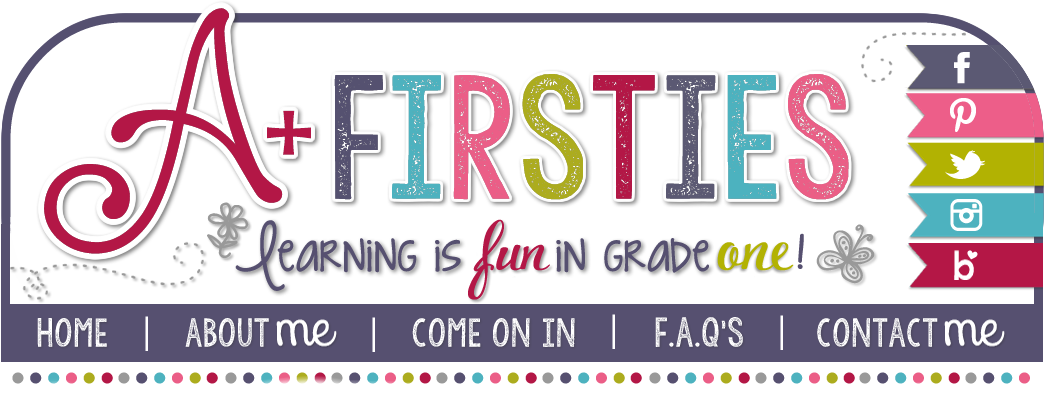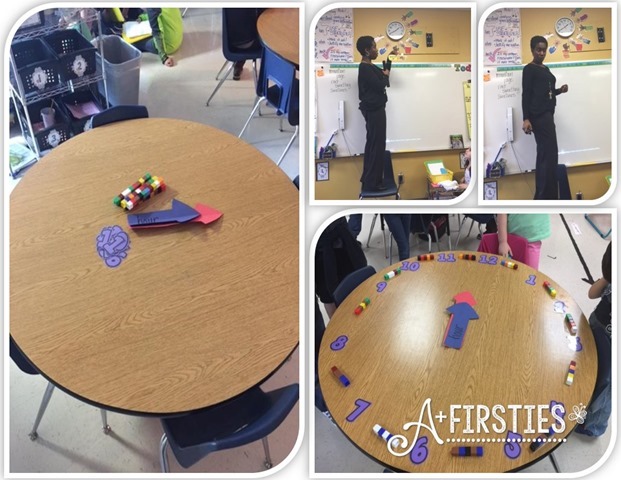In case you haven’t stopped by in a while (because I haven’t blogged in a while)…last year, I made the jump from 1st to 2nd! Haven taken some time to become acquainted with all things 2nd…I’m READY to share again! Yay!!! Thanks for following the fun on Instagram and Facebook! It’s going to be our #bestyearyet on the blog too!
The number of assessments we have to give this year has been reduced, PTL!!! Because of this, our procedures for unpacking our standards have moved away from being focused on a single assessment, to being focused on the learning needed to understand the standards. Our unpacking (backwards design) posters will now contain illustrations of the models and representations that we’ll use throughout each unit. This page is hung low on the board because it will be Page 1 of a wall sized flipbook. The next one we make, will be hung right over it….they’ll be left on the wall for the duration of the year for students to lift and look at as a reference tool. The needed vocabulary cards will also move to our classroom word wall, once our unit focus changes.
As we began to show numbers in different forms, students were consistently expanding numbers using only the single digit rather than the number needed to represent its value…..so, enter our handy dandy place value demo cards!
Sometimes, you have to walk a mile in a number’s shoes to truly understand it’s value! Young students need kinesthetic, whole body learning as much as possible. This lesson was just the right fit! Students actually took turns sitting on a giant place value chart (our carpet) to represent numbers in expanded form, then stood to dance along with music before aligning the cards to represent the number in standard form.
I’m usually about all things literacy, but admittedly have been inspired to have a LOT more fun with math this year. Dare I say, I AM enjoying teaching math?! I said it! And meant it…math is fun! Now that I think about it…most of the training I attended this summer was over MATH!
After getting a better grasp on number forms, we also began to play with representing numbers in more than one way using our base-10 blocks. Realizing that you can model a number more than one way and it STILL be the same number was a huge eye opener and students enjoyed manipulating the blocks over and over again to represent BIG numbers!
Concrete models….&
Pictorial models…of BIG numbers! Hands on…music…movement…drawing…equals a firm foundation for comparing and ordering to come! Want to get moving too? Click HERE to grab a set of demo cards for your classroom!
See ya soon!














